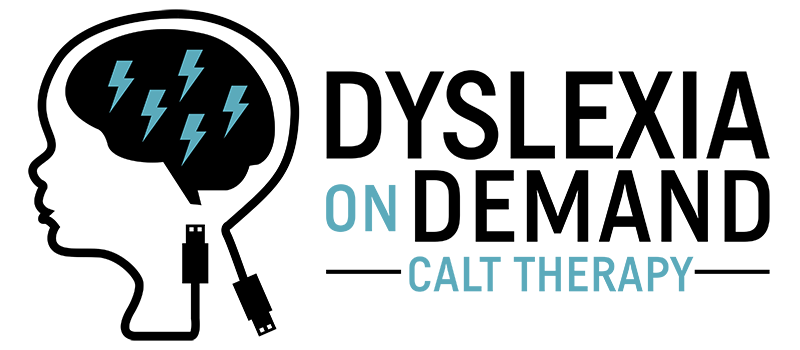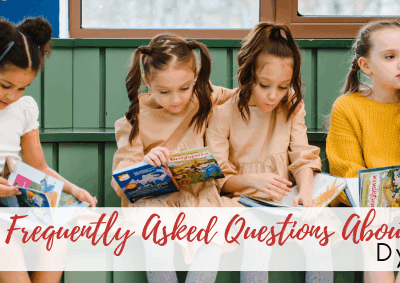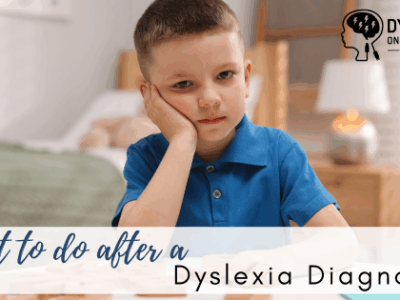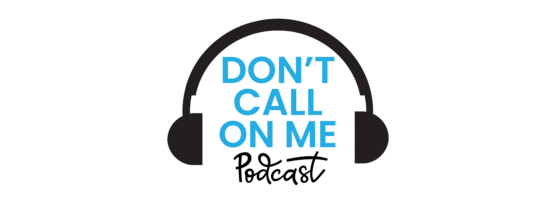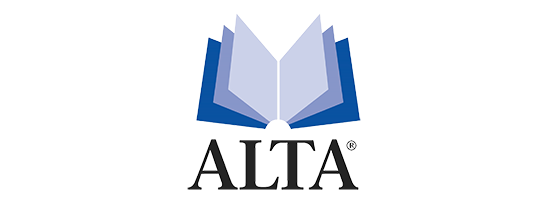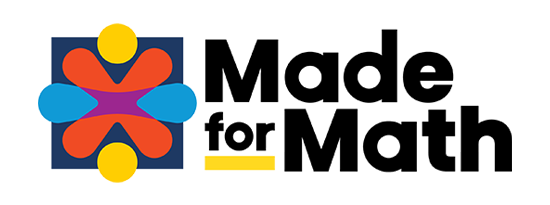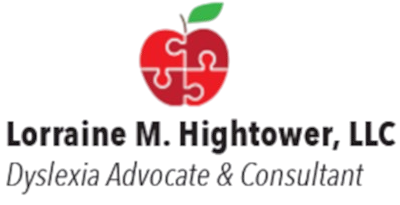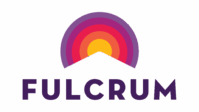What is the Orton Gillingham Approach?
What is the Orton-Gillingham approach?
Here at Dyslexia on Demand, our goal is to make sure that each child that we engage with receives individually personalized care catered to the way they respond best. While the generalized term “dyslexia” covers the broad spectrum of symptoms and effects from the neurobiological disorder that affects the parts of the brain involved in language, each child could have their own challenges and obstacles unique to their learning style and wiring. Children with dyslexia required a very specific instructional technique, utilizing programs founded in the Orton-Gillingham methodology, since it offers such specifications and meets the needs of the individual based on what works best for them.
The Orton-Gillingham approach is a methodology utilizing a direct, explicit, multisensory, structured, sequential, diagnostic, and prescriptive way to teach literacy when reading, writing, and spelling to students with dyslexia as these skills do not develop with the same automaticity that the regularly functioning reading brain does. In the hands of a well-trained and experienced dyslexia therapist, it is a powerful tool of exceptional breadth,depth and flexibility. This information has been around for a significant amount of time!
The approach was developed back in the 1920s by neuropsychologists, Samuel Orton and Anna Gillingham, and has been applied to dyslexia intervention ever since. That being said, not all OG developed programs are developed equally or are therapeutic grade. The only two programs of such caliber, both provided through Dyslexia on Demand, are considered such quality and can be administered exclusively by Certified Academic Language Therapists.
Specific therapeutic programs based in the Orton Gillingham methodology, such as the Take Flight program, developed by the Texas Scottish Rite Hospital for Children, or Basic Language Skills (BLS) designed by the Neuhaus Education Center, build upon mastering skills one at a time. Each child is evaluated, and an individualized plan of action is put into place. This plan is very multi-sensory, due to a lack of phonetic awareness. Sight, hearing, touch, and movement are applied into everyday instruction to help students understand the relationship between letters, sounds, and words. They see the word, spell it, say it, write it, and even combine sensory learning, at times. Concepts are broken down into “little acorns,” starting with a basic skill and allowing students time to master one task before moving on to the next, creating confidence and encouraging them to keep pushing themselves. The flexibility and freedom of choice is beneficial to help create lesson plans that are highly tuned to each individual case.
We take pride in exclusively utilizing therapeutic programs based in the Orton-Gillingham methodology and bringing our web-based plans to people who may not otherwise have access to such successful programming. Our Orton Gillingham based therapy program is founded on years of research and data developed by the Scottish Rite Hospital for Children and the Neuhaus Education Center and delivers proven, lasting results. Near or far, we are here to help.
